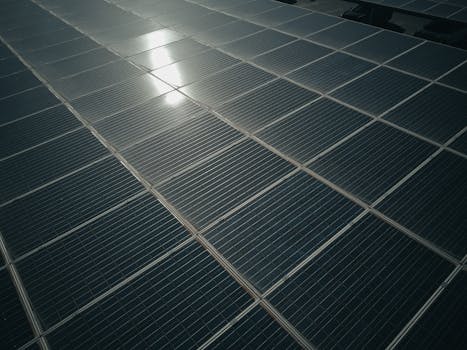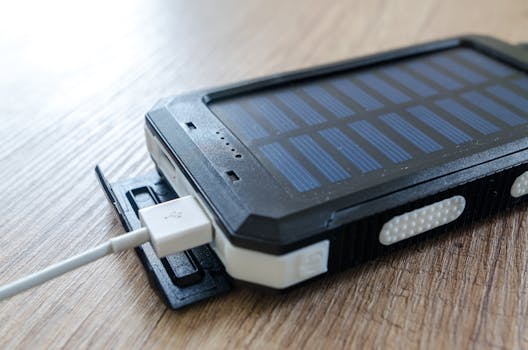
Introduction to Sustainable Living

Sustainable living refers to making choices that reduce an individual or society’s use of the Earth’s natural resources. As we move toward 2025, the importance of adopting a sustainable lifestyle becomes ever more critical due to climate change, resource depletion, and environmental degradation. This article will explore the emerging trends in sustainable living that are set to shape our future.
1. Renewable Energy Adoption

One of the most significant trends in sustainable living for 2025 is the increased adoption of renewable energy sources. Solar, wind, and hydroelectric power are becoming more accessible and affordable, leading to a significant shift from fossil fuels to cleaner energy. Homeowners are increasingly investing in solar panels and wind turbines, not only to reduce their carbon footprint but also to save on energy costs.
The advancements in battery technology are making it easier to store energy generated from renewable sources. This means that homes and businesses can rely on stored energy during peak demand times, further promoting energy independence and sustainability.
2. Zero-Waste Lifestyle

The zero-waste movement continues to gain momentum, with more individuals and businesses committing to reducing their waste output. By 2025, we can expect to see a significant increase in the availability of products designed with sustainability in mind. This includes biodegradable packaging, reusable containers, and bulk purchasing options that minimize packaging waste.
Communities are also embracing composting programs and recycling initiatives, promoting a circular economy where materials are reused and repurposed rather than discarded. As awareness of the environmental impacts of waste grows, the zero-waste lifestyle will become a mainstream approach to living sustainably.
3. Sustainable Food Practices

The way we grow and consume food is undergoing a transformation. In 2025, sustainable food practices will be at the forefront of the movement toward a greener planet. This includes a shift toward plant-based diets, which have been shown to have a lower environmental impact compared to meat-based diets.
Urban farming and community gardens are becoming more popular, allowing individuals to grow their own food in sustainable ways. Additionally, the rise of vertical farming and aquaponics systems will enable food production in urban areas, reducing the need for transportation and its accompanying carbon emissions.
4. Eco-Friendly Transportation

As cities continue to grow, the demand for sustainable transportation options is increasing. By 2025, we expect to see a rise in electric vehicles (EVs) and the infrastructure to support them, such as charging stations. Public transportation systems are also being revamped to be more efficient and environmentally friendly, with many cities investing in electric buses and trains.
Cycling and walking are being promoted as viable alternatives to car travel, with expanded bike lanes and pedestrian-friendly urban planning. Car-sharing services and ride-hailing apps are also incorporating eco-friendly vehicles into their fleets, making sustainable transportation more accessible to the public.
5. Green Technology Innovations

The intersection of technology and sustainability is leading to innovative solutions that support eco-friendly living. By 2025, we can expect advancements in smart home technologies that optimize energy use, such as smart thermostats and energy-efficient appliances.
Furthermore, the development of sustainable materials, such as bioplastics and recycled materials, will become more prevalent in various industries. These innovations will help reduce our reliance on non-renewable resources and minimize environmental impact.





